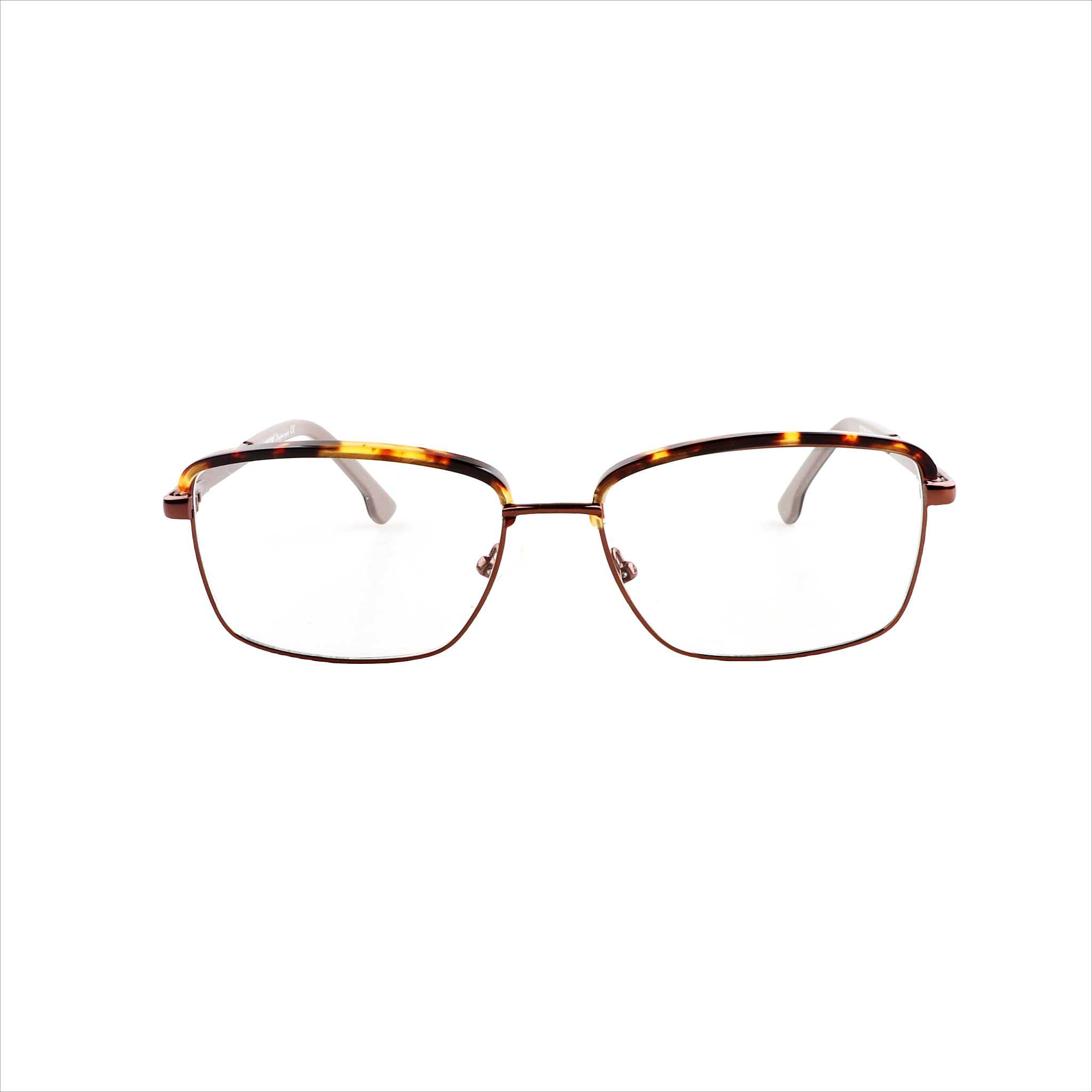Many individuals experience common eye conditions that can impact their vision and overall eye health. Understanding these issues and knowing how to address them can significantly improve comfort and quality of life. Below are some common eye conditions, their causes, and effective solutions, including recommended lens types.
1. Dry Eyes
Symptoms:
- Stinging or burning sensation
- Redness and irritation
- Blurred vision
- Excessive tearing
Causes:
- Environmental factors (dry air, wind, smoke)
- Extended screen time
- Aging
- Certain medications
Solutions:
- Artificial Tears: Over-the-counter lubricating eye drops can provide relief.
- Hydration: Drink plenty of water to keep your body and eyes hydrated.
- Humidifiers: Using a humidifier in dry environments can help maintain moisture in the air.
Recommended Lens Types:
- Moisture-Seal Lenses: These lenses are designed to retain moisture and reduce dryness.
- Blue Light Blocking Lenses: These can reduce eye strain caused by screens, indirectly alleviating symptoms of dry eyes by minimizing blinking fatigue.
2. Sensitivity to Light (Photophobia)
Symptoms:
- Discomfort or pain in bright light
- Frequent squinting
- Difficulty adjusting to changes in light levels
Causes:
- Eye conditions (cataracts, migraine, retinal disorders)
- Environmental factors (bright sunlight, glare)
Solutions:
- Sunglasses: Wearing sunglasses with UV protection can shield your eyes from bright light.
- Tinted Lenses: Consider lenses with a slight tint to reduce glare and sensitivity.
Recommended Lens Types:
- Photochromic Lenses: These lenses darken in bright light and clear up indoors, offering convenience and protection from UV rays.
- Polarized Lenses: Ideal for outdoor activities, they reduce glare from reflective surfaces, making bright conditions more comfortable.
3. Computer Vision Syndrome (Digital Eye Strain)
Symptoms:
- Eye strain and fatigue
- Blurred vision
- Headaches
- Dry eyes and neck/shoulder pain
Causes:
- Prolonged screen time
- Poor lighting
- Incorrect viewing distances or angles
Solutions:
- 20-20-20 Rule: Every 20 minutes, take a 20-second break and look at something 20 feet away.
- Proper Lighting: Use appropriate lighting to reduce glare on screens.
- Adjusting Workstation: Ensure your computer screen is at eye level and about an arm's length away.
Recommended Lens Types:
- Blue Light Filtering Lenses: These lenses filter out blue light emitted from screens, reducing eye strain and discomfort.
- Anti-Reflective Coating: This coating minimizes glare from screens and overhead lighting, providing clearer vision.
4. Astigmatism
Symptoms:
- Blurred or distorted vision
- Eye strain or discomfort
- Headaches
Causes:
- Irregular curvature of the cornea or lens.
Solutions:
- Corrective Lenses: Prescription eyeglasses or contact lenses can help correct the uneven curvature.
Recommended Lens Types:
- Torric Lenses: Specially designed lenses for astigmatism, providing clear vision at all distances.
- Multifocal or Bifocal Lenses: These lenses can correct vision for both distance and near tasks, suitable for individuals with astigmatism and presbyopia.
5. Age-Related Vision Changes (Presbyopia)
Symptoms:
- Difficulty focusing on close objects
- Holding reading materials further away
- Eye strain during near tasks
Causes:
- Natural aging process affecting the eye's ability to focus.
Solutions:
- Reading Glasses: Over-the-counter or prescription reading glasses can provide immediate relief.
- Vision Exercises: Some exercises may help improve focus and reduce strain.
Recommended Lens Types:
- Progressive Lenses: These lenses offer a gradual transition from distance to near vision without visible lines, making them aesthetically pleasing and functional.
- Bifocal Lenses: These have two distinct optical powers for distance and near vision, ideal for individuals who prefer a defined separation.
Conclusion
Recognizing and addressing common eye conditions is crucial for maintaining optimal eye health. If you experience persistent symptoms or discomfort, consult an eye care professional for a thorough examination and personalized recommendations. Our collection of lenses is designed to meet various needs, helping you achieve clarity and comfort in your vision.
Conjunctivitis (Pink Eye)
Everything You Need to Know About Conjunctivitis (Pink Eye)
Waking up to red, irritated eyes can be unsettling. Here’s a comprehensive guide to understanding conjunctivitis, its causes, symptoms, and ways to manage it.
What Is Conjunctivitis?
Conjunctivitis, often called "pink eye," is an inflammation of the conjunctiva—the thin, transparent membrane covering the whites of your eyes and the inside of your eyelids. The condition can make the eye look red or pink and is often accompanied by irritation and discharge.
What Causes Conjunctivitis?
There are three main types, each with distinct causes:
- Bacterial Conjunctivitis
- Often affects both eyes.
- Symptoms: Redness, sticky eyelids, a gritty feeling in the eyes.
- Contagious: Highly, so avoid sharing towels and practice good hygiene.
- Allergic Conjunctivitis
- Triggered by allergens like pollen, dust, or pet dander.
- Symptoms: Redness, itching, tearing, usually in both eyes.
- Contagious: No, it’s an allergic reaction rather than an infection.
- Viral Conjunctivitis
- Often linked to viruses like adenovirus (the common cold virus).
- Symptoms: Redness, watery eyes, light sensitivity, sometimes flu-like symptoms.
- Contagious: Yes, through sneezing, coughing, or touching contaminated surfaces.
Symptoms of Conjunctivitis
The symptoms vary slightly depending on the type of conjunctivitis:
- General Symptoms:
- Red or pink eyes
- Swollen eyelids
- Watery, teary eyes
- Itching or burning
- Discharge (which may cause crusting on eyelashes)
- Bacterial Conjunctivitis: Thicker discharge, often causing eyelids to stick together.
- Viral Conjunctivitis: Watery discharge, may start in one eye and spread to the other.
- Allergic Conjunctivitis: Intense itching, tearing, and often accompanied by other allergy symptoms.
Treatment Options
- Bacterial Conjunctivitis: Often clears within a week without treatment, but antibiotics may help in persistent cases.
- Viral Conjunctivitis: There’s no specific treatment; it usually resolves on its own. Relief can come from cold compresses and lubricating eye drops.
- Allergic Conjunctivitis: Antihistamine eye drops can help reduce symptoms, along with avoiding allergens where possible.
Risk Factors
Your risk of conjunctivitis is higher if you:
- Recently had a cold
- Have a weak immune system
- Are in close contact with someone with the infection
- Are dealing with another eye condition like blepharitis
Top Tips for Prevention
- Good Hygiene: Wash and dry your hands thoroughly, especially before touching your eyes.
- Avoid Sharing: Don’t share towels, bedding, or makeup with others.
- Minimize Contact: Try not to rub or touch your eyes, and disinfect surfaces you frequently touch.
- Limit Contact Lens Use: Stop wearing contact lenses until the infection clears.
For any prolonged symptoms or uncertainties, consult your optician for a professional diagnosis and guidance.











